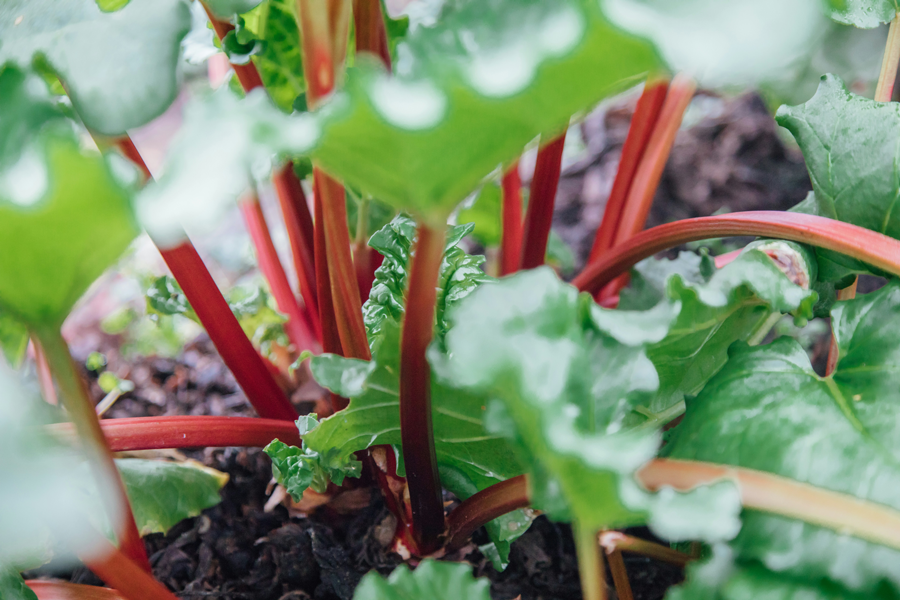As the garden starts to slow down my thoughts turn to what projects and adjustments I need to plan for the quieter months. Repairing, cleaning and refurbishing garden furniture, sorting and cleaning plant supports, canes, and of course the greenhouse. If you are planning any changes to the hard landscape features of your garden such as paths, patios, walls, fences, garden buildings etcetera then it is also a good time to fit these in to your programme of works.
The weather plays a key role in determining what you can do outside, even more so throughout the autumn and winter, so I have two lists-an outside and an inside one,. The inside one generally involves repairing and renovating tools and garden items in the workshop/garage. There is something quite satisfying in giving the mower a really good clean in readiness for next year.
As soon as the last of the tomatoes have been harvested I empty and wash down the greenhouse both inside and out with a garden disinfectant, there are a number on the market available through your local garden centre or plant nursery. Citrox and Vitax Greenhouse Disinfectant. are both safe to use and based on citrus so are not harmful to plants. Once cleaned I then line the Greenhouse with bubble insulation, not packing bubble wrap but a product with larger (20mm) bubbles obtained from an online garden supplier such as ‘Gardening Naturally’.
To guarantee frost protection you will need some sort of heating, and the choices most commonly available are with either an electric or gas unit, some have incorporated fans to improve air circulation and heat distribution. There are still some paraffin heaters available but I find them less efficient and a little messy to maintain.
Understanding how hardy a plant is is important so the gardening industry along with the RHS have developed a hardiness scale which is a number preceded by the letter ‘H’ Just type in ‘plant hardiness’ in your web browser and you will find the list. When buying or researching a plant you should try to establish its UK hardiness rating which will then give you an idea as to what (if any) winter protection will be required.
In general terms, hardy in the UK means that it will be fine outside, or planted in the garden all year around, half hardy means it will be fine outside when there is no danger of frost and tender means it may be fine outside in the summer months but will require frost free protection throughout late autumn and winter. To add to the confusion some plants need certain conditions to survive outside in winter, such as free draining soil on the dry side, or mulching with a thick layer of garden compost, some with woody stems may benefit from wrapping in garden fleece.
You will find some guidance on the plant label but it is a good idea to tap the name into your web browser (or look in your gardening book) to find out if it requires particular conditions.

Who doesn’t love rhubarb, OK there may be one or two but its sharp slightly acid flavour are great in desserts, and chutneys, and plant breeders have developed a range of cultivars that are sweeter and more attractive with pink to red flesh. Rhubarb was a familiar and commonly grown plant in many gardens often planted in a secluded corner near to the compost heap or in the vegetable garden. Whilst it can be grown in a large container it performs best planted directly in the garden. The stems are harvested from April through to late July, after which the plant should be left to build up for next year, applying a liquid feed every two weeks will help and watering during dry spells. Once the leaves die down in late autumn clear away the dead leaves to the compost heap. Mulch around, not over the crown with well rotted garden compost, this will enrich the soil and help retain moisture. The leaves you remove from the stems when harvesting can be put on the compost heap too. Every three or four years it is a good idea to lift the crowns and replant divided offsets into a new position, although it is possible to replant in the same position as long as you have improved the soil by forking in lots of garden compost. When you lift rhubarb it will look like a knobbly crown with thick fleshy roots like an octopus. The key is to split the crown selecting clusters of buds from the outside with three to four large fleshy roots. Discard the centre as that part of the crown will be exhausted and will not make a strong plant. Lifting and dividing is best done in late winter or early spring when the plant is dormant.
It has been a challenging year for the lawn with the extended dry summer and lack of rain causing the lawn considerable stress turning most of the above ground growth a biscuit brown. It is however amazing just how resilient most lawns are and with only a couple of weeks rain they spring back into growth. The key is to take note of the weather and lift the height of your mower if we experience a prolonged dry spell. Grass is generally a very deep rooted plant and can survive quite extreme weather conditions and whilst it may not meet the standards of a golf green or cricket wicket it will provide a good surface for relaxation and children’s play, with a cooling ability in warm weather unlike artificial grass which I find quite unattractive and although it doesn’t require cutting it does need washing and cleaning to avoid contamination. I appreciate it may suit some but personally I prefer a proper lawn. Autumn lawn care is fairly straight forward, as you reduce the frequency of cutting raise the height to allow the grass to put on a little growth to protect the plant through winter. Spiking or slitting will relieve compaction caused by summer use, and an autumn fertiliser will help harden the plant making it more able to stave off fungal attack. Repair small worn patches replacing with turf or seed before the end of the month.
Happy Gardening,
Martin
(Next month, bare root planting, mulching beds and borders. What to do with leaves.)







